
[ad_1]
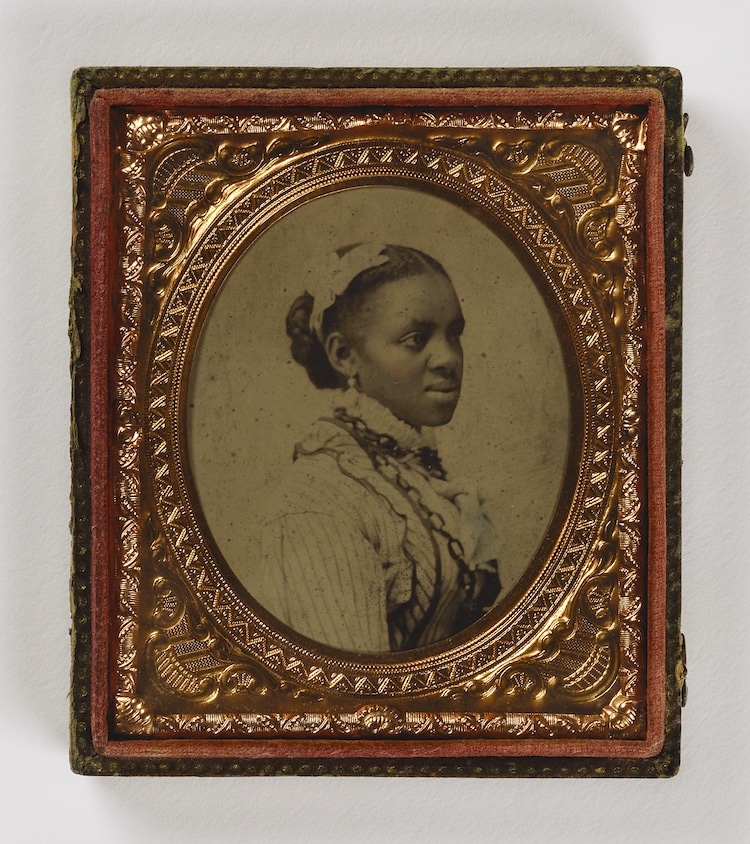
Unidentified artist, Untitled (woman with hair ribbon), undated, sixth-plate ambrotype. Smithsonian American Art Museum, the L. J. West Collection of Early American Photography, Museum purchase made possible through the Franz H. and Luisita L. Denghausen Endowment
The Smithsonian is one of the world’s largest and most well-known museum complexes. With 19 museums and a zoo, it houses an extremely wide collection of over 150 million scientific, historic, and art objects—and that number continues to grow. Recently, the Smithsonian American Art Museum (SAAM) gained a large acquisition of rare photos and objects that completely transformed its holdings, significantly enhancing the diversity of its collection of early American photography.
The new addition comprises 286 objects from the 1840s to the mid-1920s that are split into three primary groupings. The first consists of works produced by early African American daguerreotypists James P. Ball, Glenalvin Goodridge, and Augustus Washington. Between them, they have only about 166 daguerreotypes known to have survived to the present. With 40 of those known surviving works now in the SAAM’s permanent collection—in addition to 14 more held among several other Smithsonian institutions—the museum now owns the most extensive body of work from these early African American studios.
Following those important works from early Black photographers, the second group of artifacts includes a significant sampling of early portrait photography. These photos display a diverse range of portrait subjects and objects related to abolitionists, the Underground Railroad, and women entrepreneurs who played a significant role in the movement. And lastly, the final portion of the collection is made up of a variety of photographic jewelry and artifacts that serve as a bridge to illustrate the transition from miniature painting to early cased photography such as daguerreotypes and their successors, ambrotypes and tintypes.
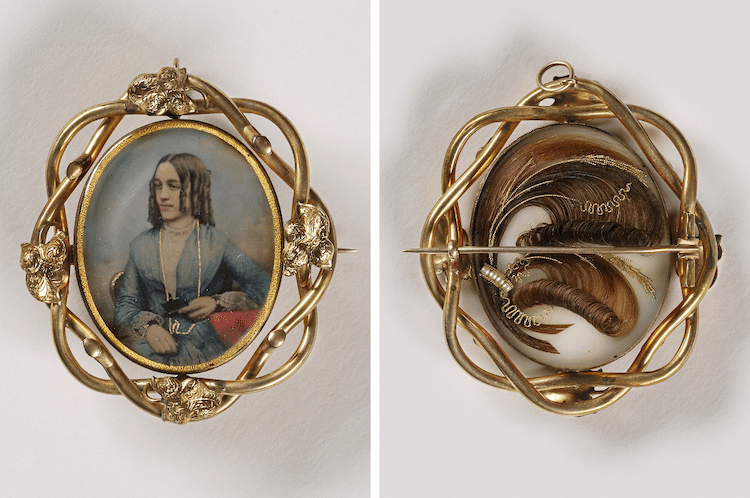
Unidentified artist, Untitled (pin/pendant, woman with curls; verso, with sculpted hair), 1853, daguerreotype in metal setting. Smithsonian American Art Museum, the L. J. West Collection of Photographic Jewelry, Museum purchase made possible through the Franz H. and Luisita L.Denghausen Endowment
This rare and one-of-a-kind collection was amassed over more than 45 years by New York-based collector Larry J. West, a historian and avid collector of 19th-century photography. West purchased his first daguerreotype in 1975. As his collection grew, West conducted significant research and analysis of the objects, even authoring a treatise that details his findings, the conservation of the collection, and his metrics for authenticating the works. This, in addition to West’s extensive library, was also acquired by the museum and will be made available to researchers and visiting scholars as a major resource for new scholarship.
“When it came time to place the three collections that I have nurtured all these 45 years, the Smithsonian American Art Museum was the obvious best choice with its reputation for fostering research and new scholarship and the plans presented by its curators to feature objects from these collections, in conversation with paintings and sculpture from the same time period, in the public galleries,” West explains. “For collector-researchers like myself, this use of the objects and research findings is critical. It proves that anything a current collector has is not ‘owned,’ we are merely custodians for them.”
SAAM has announced plans to use selected artworks from the West collection as the centerpiece of an upcoming early American photography gallery, which will be part of an ongoing re-installation of the museum’s permanent collection galleries. The theme will be centered around the democratization of portraiture, which relies on diverse collections such as West’s in order to accurately tell the history of non-white and women photographers and display portrait subjects from a range of racial and class backgrounds.
“The acquisition of Larry West’s incredible collection enhances and deepens the museum’s photography collection and positions us to tell important American stories,” says John Jacob, the McEvoy Family curator for photography at the Smithsonian American Art Museum. “The near absence of diverse portrait sitters and non-white photographers from many early American photography collections, including SAAM’s, is ahistorical. Significantly, SAAM now can show an inclusive history of photography, with African Americans among its earliest practitioners, conveying to viewers their contributions as innovators and entrepreneurs.”
To learn more about the Larry J. West Collection, visit the SAAM website.
The Smithsonian recently acquired a collection of rare photos from early Black photographers.
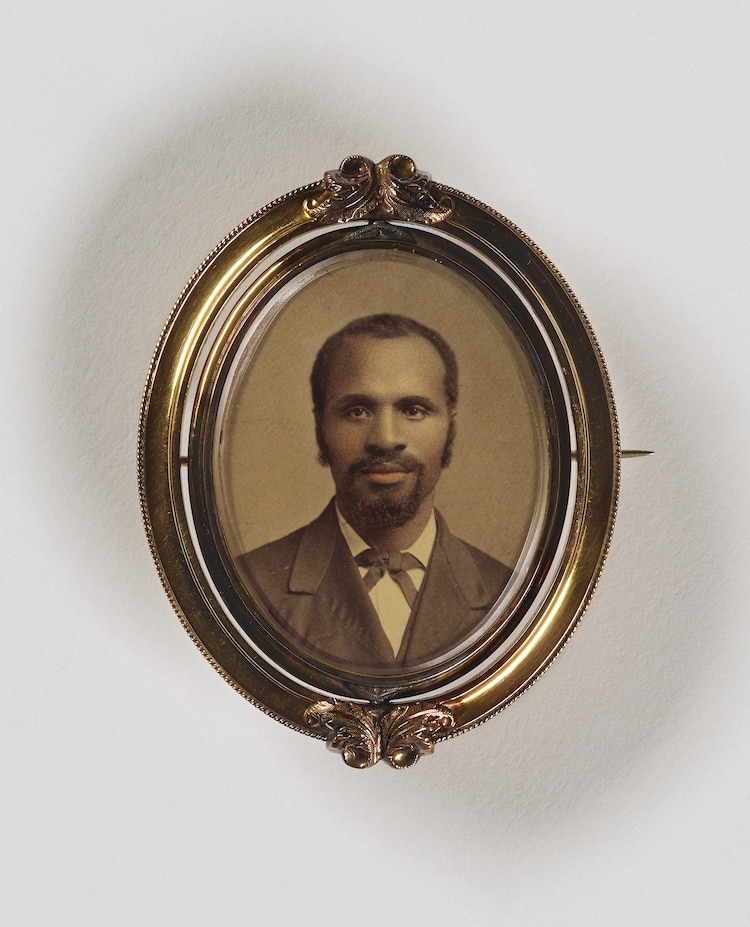
Unidentified artist, Untitled (brooch, man with goatee), undated, albumen print in metal setting. Smithsonian American Art Museum, the L. J. West Collection of Photographic Jewelry, Museum purchase made possible through the Franz H. and Luisita L. Denghausen Endowment
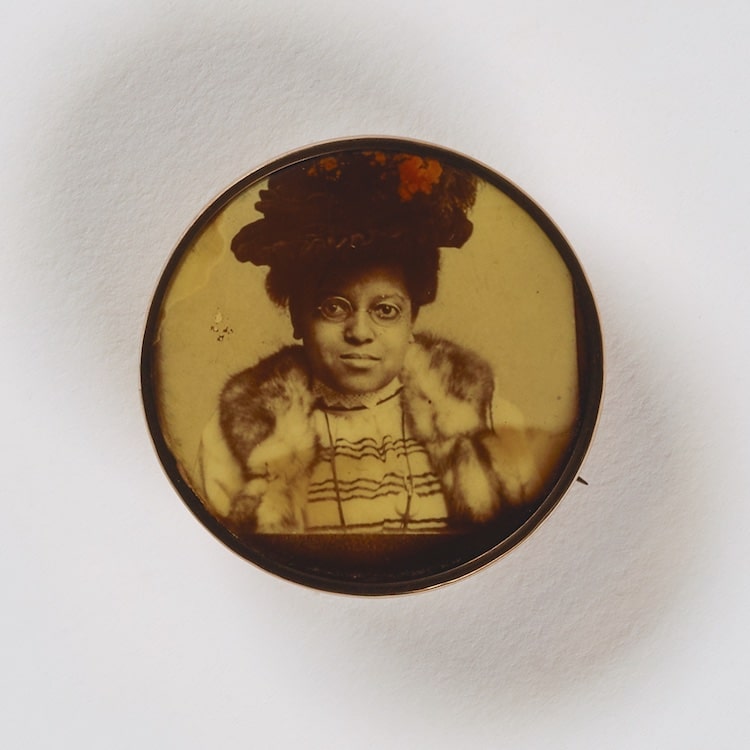
Unidentified artist, Untitled (pin, woman in hat), undated, celluloid in metal setting. Smithsonian American Art Museum, the L. J. West Collection of Photographic Jewelry, Museum purchase made possible through the Franz H. and Luisita L. Denghausen Endowment
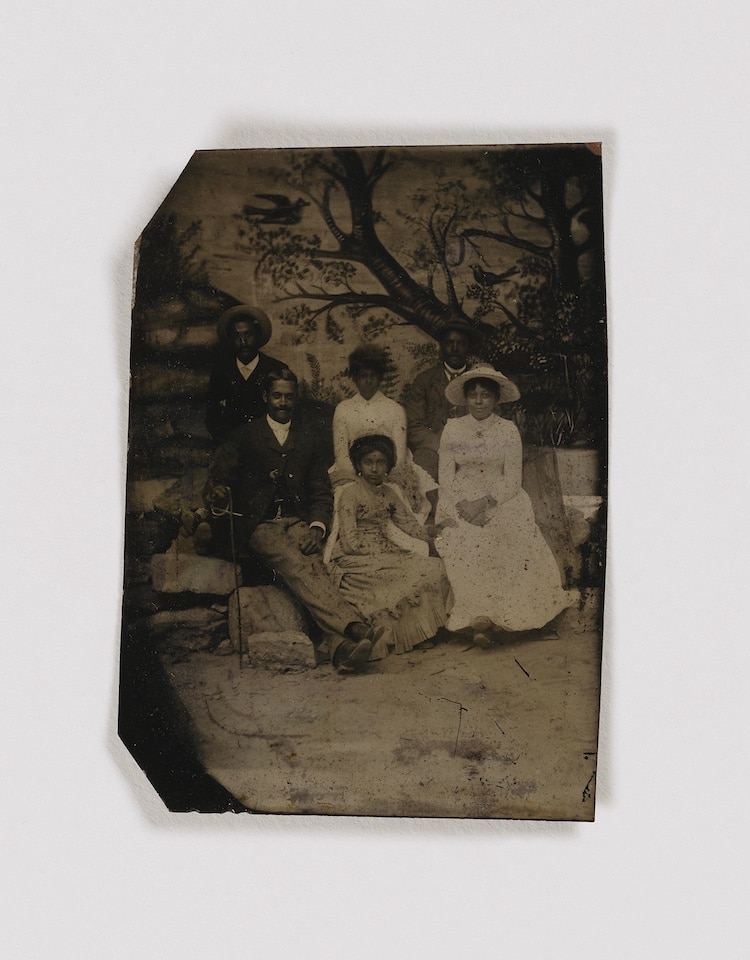
Unidentified artist, Untitled (family, painted backdrop), undated, tintype. Smithsonian American ArtMuseum, the L. J. West Collection of Early American Photography, Museum purchase made possible through the Franz H. and Luisita L. Denghausen Endowment
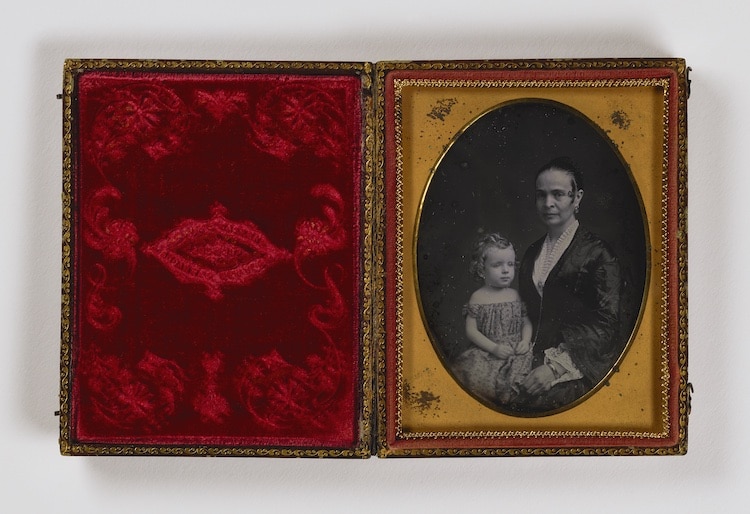
Mathew Brady, Untitled (woman with child on lap), undated, quarter-plate daguerreotype. Smithsonian
American Art Museum, the L. J. West Collection of Early American Photography, Museum purchase
made possible through the Franz H. and Luisita L. Denghausen Endowment
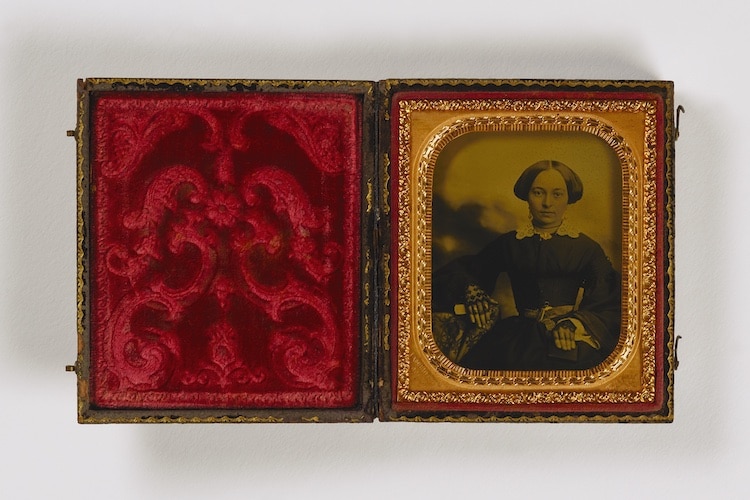
G. J. Goodridge, Mrs. Glenalvin Goodridge (Rhoda), 1859, sixth-plate ambrotype. Smithsonian
American Art Museum, the L. J. West Collection of Early African American Photography, Museum
purchase made possible through the Franz H. and Luisita L. Denghausen Endowment
The collection includes a variety of early portrait photography displaying a wide range of sitters and subjects.
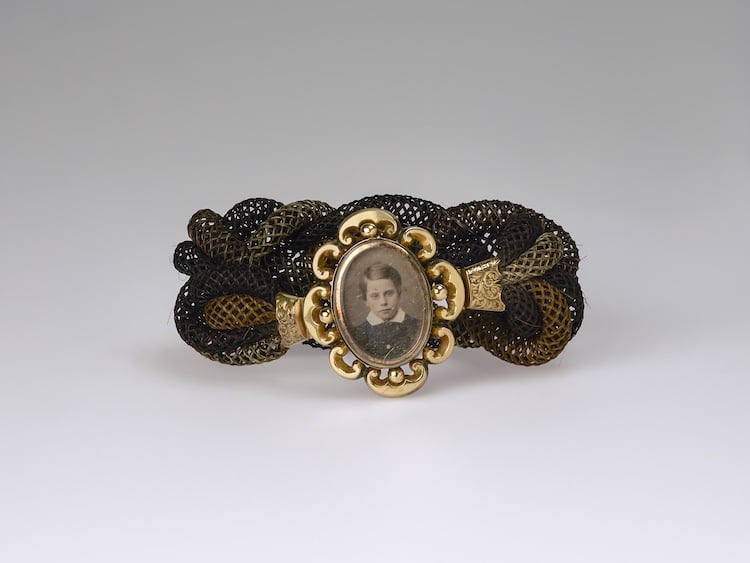
Unidentified artist, Untitled (hair band, young boy), ca. 1865, daguerreotype, woven hair, metal fittings. Smithsonian American Art Museum, the L. J. West Collection of Photographic Jewelry, Museum purchase made possible through the Franz H. and Luisita L. Denghausen Endowment
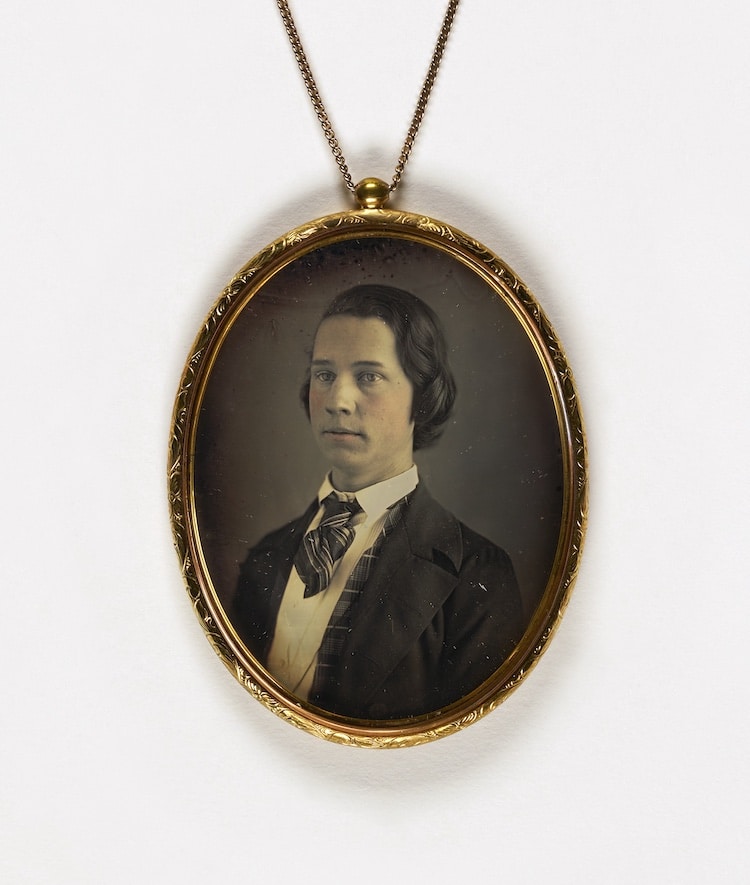
Unidentified artist, Untitled (large pendant, young man), 1840-1849, daguerreotype in metal
setting. Smithsonian American Art Museum, the L. J. West Collection of Photographic Jewelry, Museum
purchase made possible through the Franz H. and Luisita L. Denghausen Endowment
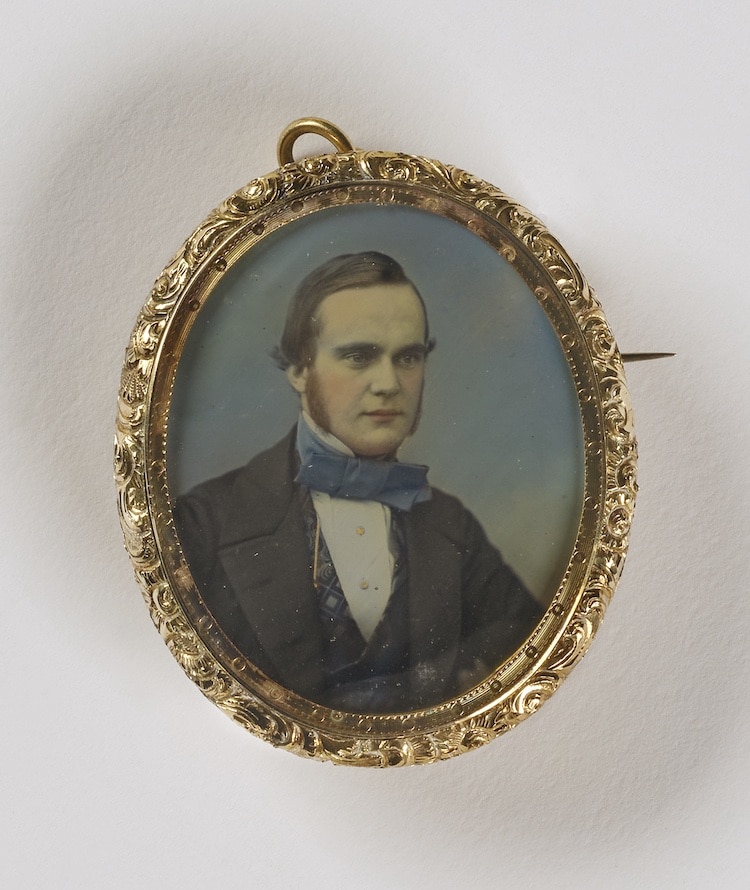
Unidentified artist, Untitled (pin/pendant, man with large tie), 1848, daguerreotype in metal
setting. Smithsonian American Art Museum, the L. J. West Collection of Photographic Jewelry, Museum
purchase made possible through the Franz H. and Luisita L. Denghausen Endowment
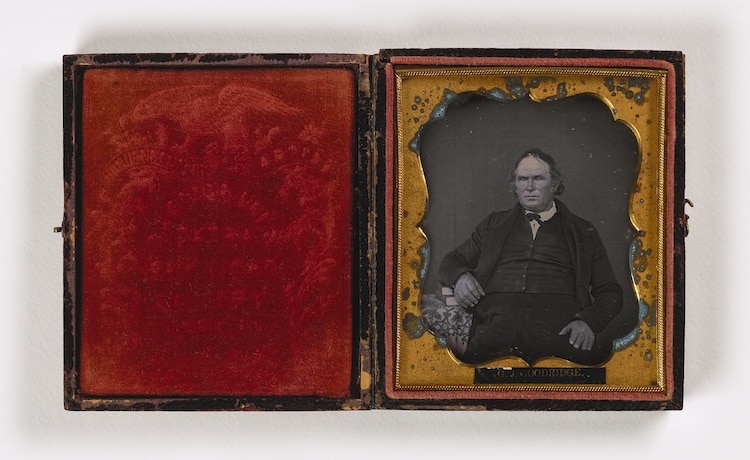
G. J. Goodridge, Untitled (man with books), undated, sixth-plate daguerreotype. Smithsonian American Art Museum, the L. J. West Collection of Early African American Photography, Museum purchase made possible through the Franz H. and Luisita L. Denghausen Endowment
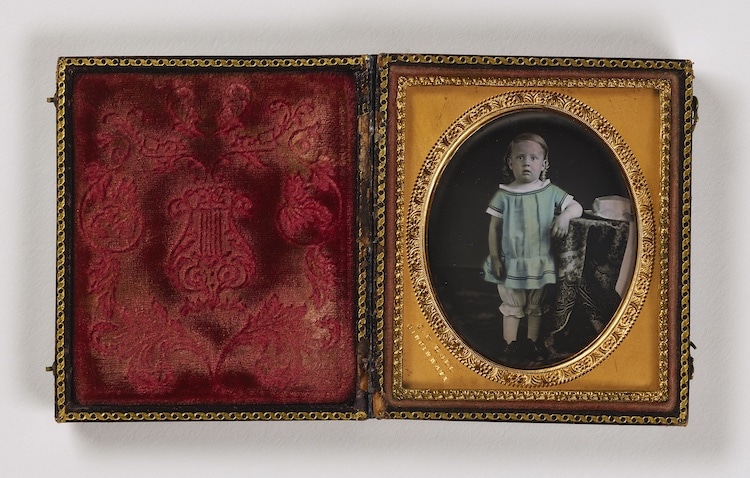
J. P. Ball, Untitled (young boy), undated, sixth-plate daguerreotype. Smithsonian American ArtMuseum, the L. J. West Collection of Early African American Photography, Museum purchase made possible through the Franz H. and Luisita L. Denghausen Endowment
The acquisition greatly enhances the diversity of the museum’s early American photography collection and illustrates a more inclusive history of photography.
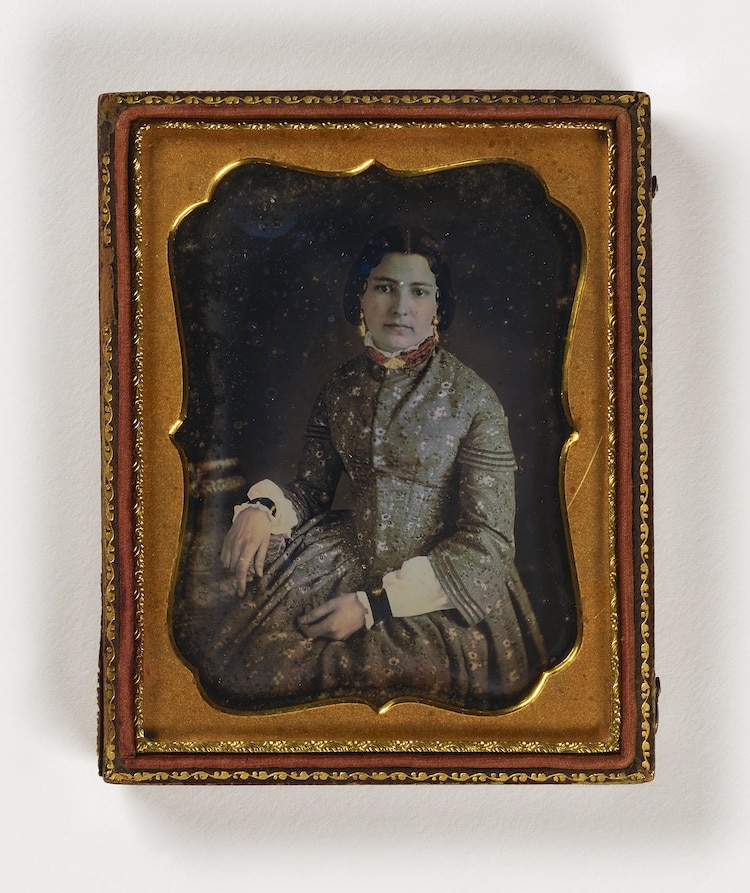
Augustus Washington, Untitled (woman with books), undated, quarter-plate daguerreotype.
Smithsonian American Art Museum, the L. J. West Collection of Early African American Photography,
Museum purchase made possible through the Franz H. and Luisita L. Denghausen Endowment
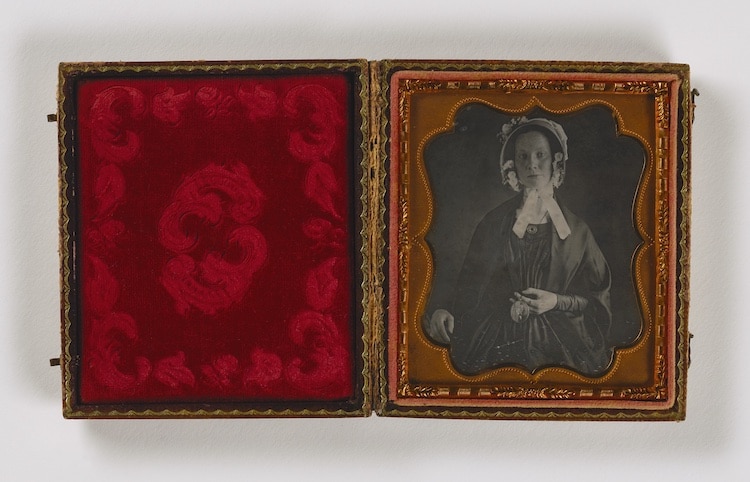
Unidentified artist, Untitled (woman with large photo-pendant), 1850, sixth-plate daguerreotype. Smithsonian American Art Museum, the L. J. West Collection of Photographic Jewelry, Museum purchase made possible through the Franz H. and Luisita L. Denghausen Endowment
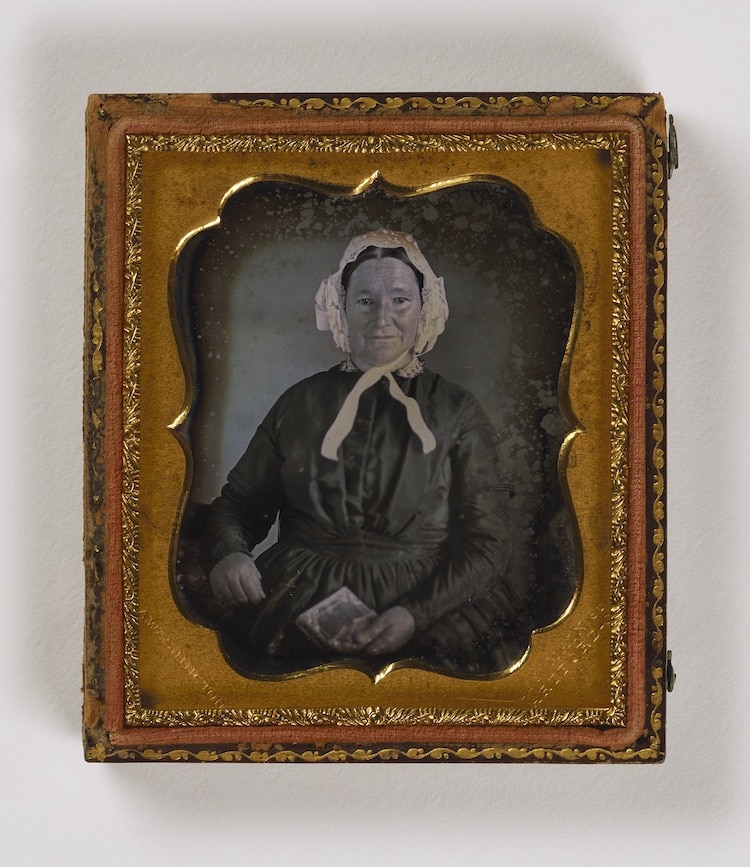
Augustus Washington, Untitled (smiling woman, photo case), ca. 1850, sixth-plate daguerreotype. Smithsonian American Art Museum, the L. J. West Collection of Early African American Photography, Museum purchase made possible through the Franz H. and Luisita L. Denghausen Endowment
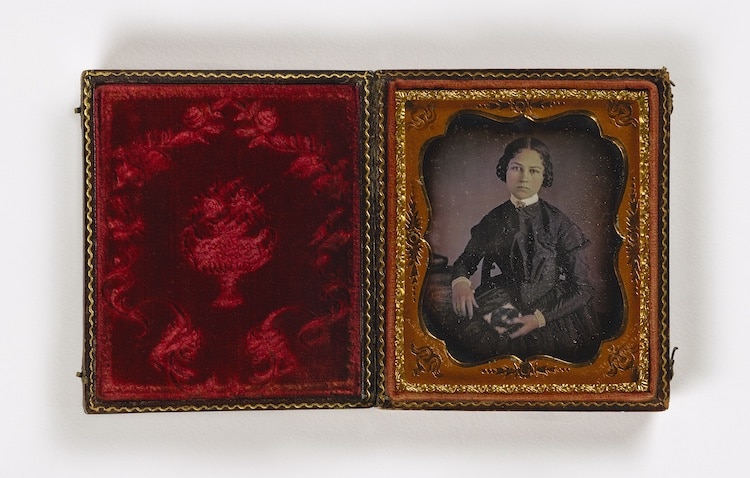
Augustus Washington, Untitled (woman with books and cased image), undated, sixth-plate daguerreotype. Smithsonian American Art Museum, the L. J. West Collection of Early African AmericanPhotography, Museum purchase made possible through the Franz H. and Luisita L.Denghausen Endowment
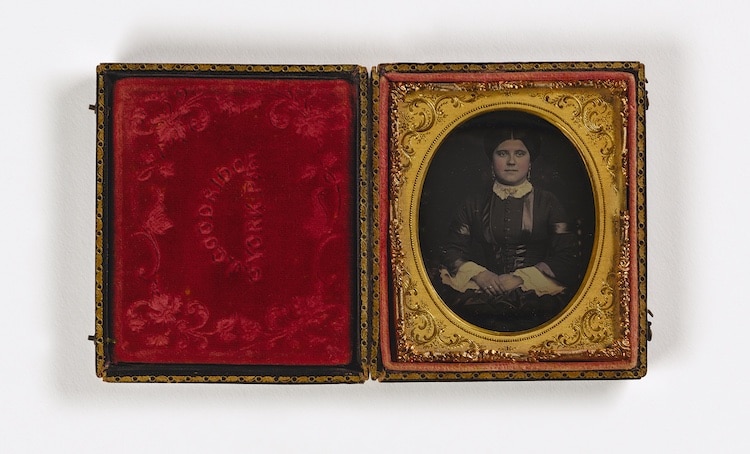
G. J. Goodridge, Untitled (woman, gold jewelry), ca. 1851 or later, sixth-plate daguerreotype. Smithsonian American Art Museum, the L. J. West Collection of Early African American Photography, Museum purchase made possible through the Franz H. and Luisita L. Denghausen Endowment
Smithsonian American Art Museum: Website | Instagram | Facebook | Twitter
My Modern Met granted permission to feature photos by SAAM.
Related Articles:
Tintype Photography: The Vintage Photo Technique That’s Making a Comeback
Smithsonian Places 2.8 Million Historic Images Into the Public Domain
Take a Wide-Ranging Look At the History of Panoramic Photos, From the Civil War to the iPhone
Painting by Civil War-Era Black Artist Is Presented as Smithsonian’s Inaugural Gift
https://platform.twitter.com/widgets.jshttps://platform.instagram.com/en_US/embeds.js
[ad_2]
Source link




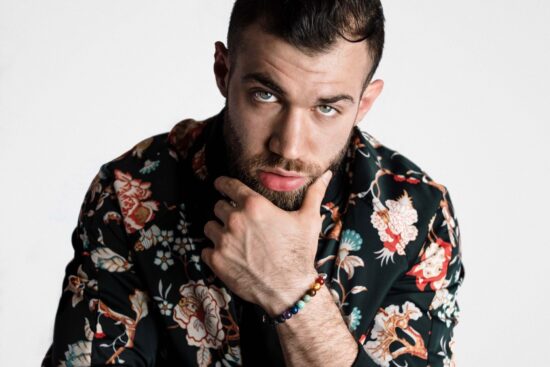


Leave a Reply